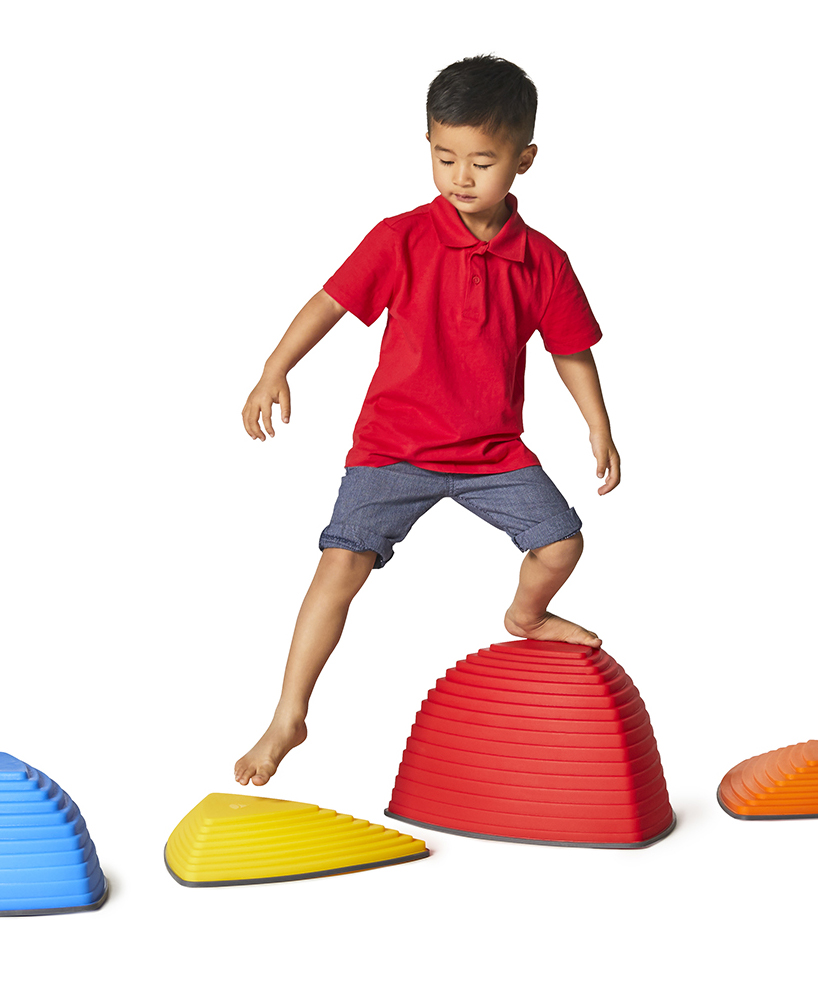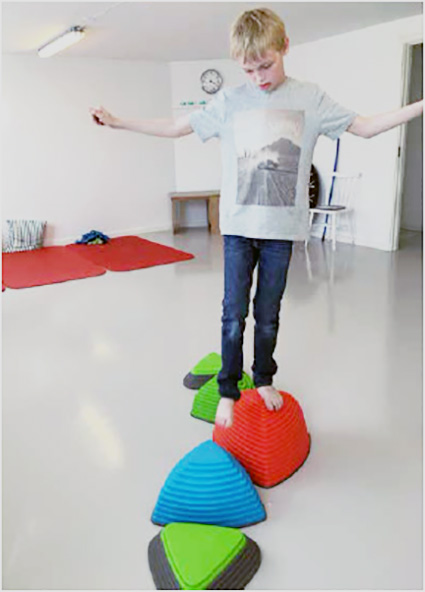
When we react to avoid falling, this is called reactive balance. When they are about to lose their balance, many children will flail with their arms or sway their torso violently. The reaction in itself causes them to lose their balance.
If we react suddenly and violently every time we believe we are losing our balance, we feel this as a loss of control. If a child is confronted by losing his or her balance and control persistently and on a daily basis, the child’s motor skills will be affected and he/she will become more reluctant to engage in movement and motor play generally.
In time, the child’s tendency to overreact with large movements will cause the child to withdraw into himself/herself. The child has low self-esteem and is shy of new challenges.
A child that does not receive help to improve his/her reactive balance and learn to react less violently, will withdraw entirely. He or she will lack the courage to take part in activities where reactive balance is decisive. For an infant, examples of challenging activities include walking on an uneven surface and balancing on stepping stones. An older child will be unable to climb up and jump down. Later, he/she will find it difficult to learn to ride a bicycle.






